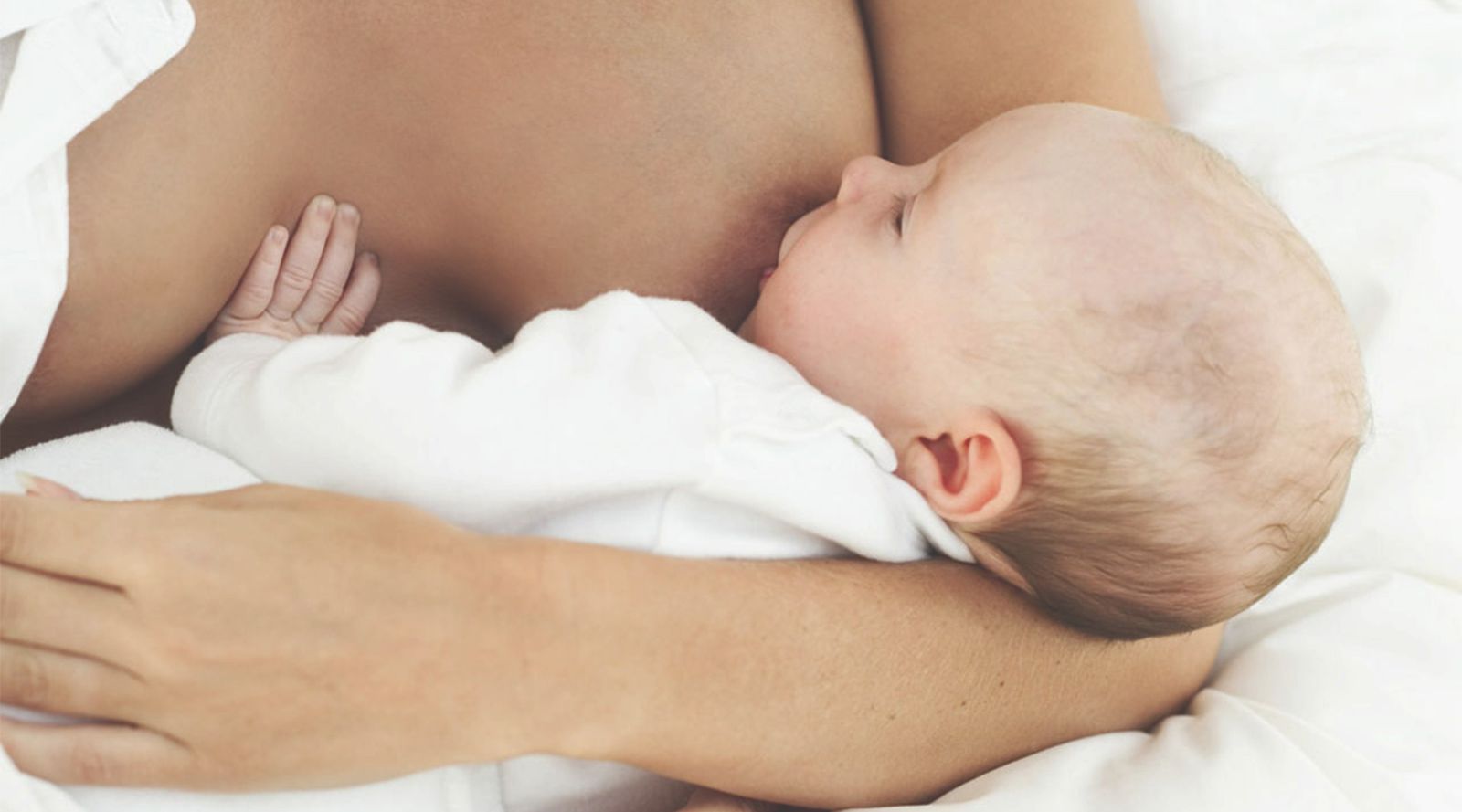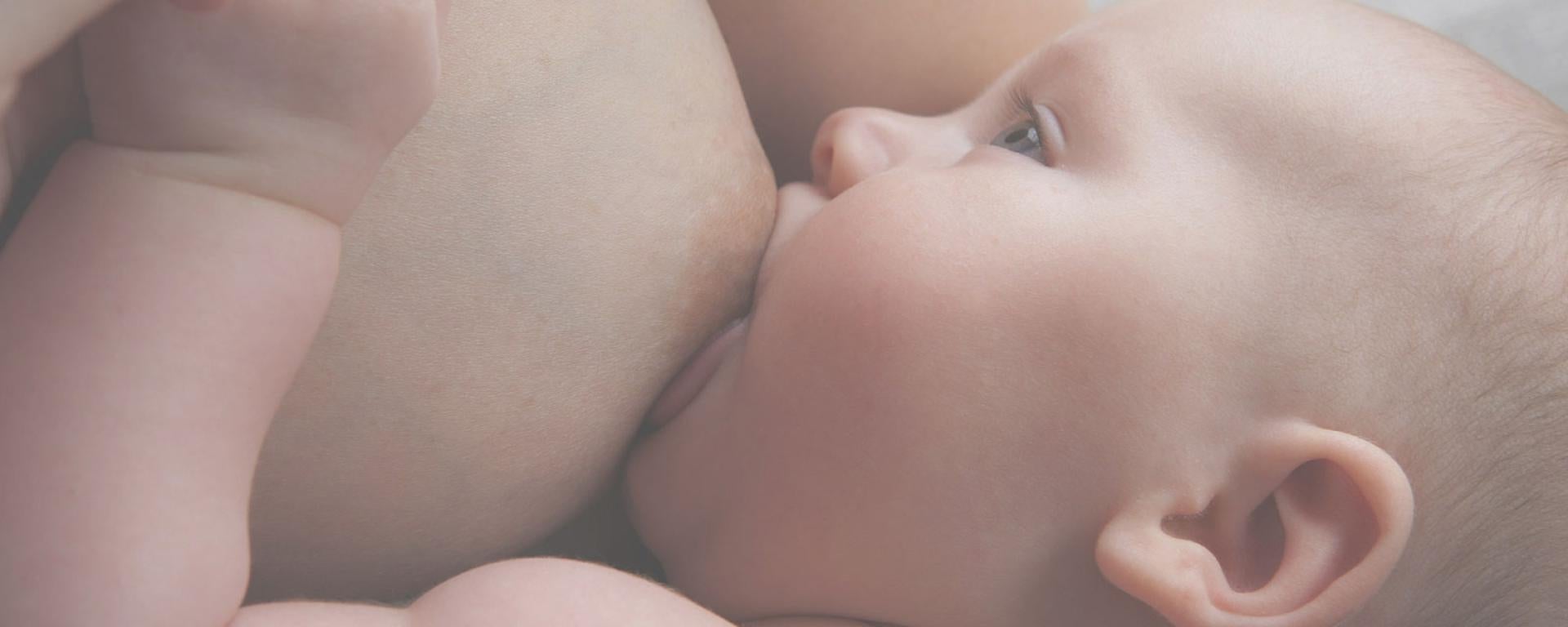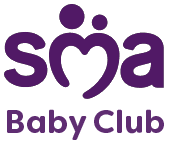At a glance
Mastitis is a painful inflammation of the breast caused by blocked milk ducts
Symptoms: red, swollen breasts that are hot and painful to touch
Don’t wait. Visit a healthcare professional as soon as you suspect mastitis
Continue to breastfeed on demand to help unblock milk ducts
Mastitis is a very common inflammation of the breast, which can lead to infection. Symptoms can come on quite quickly and strongly. If you think you are experiencing early signs of mastitis, see your GP immediately. For most mums, treatment leads to a full, rapid recovery.
What causes mastitis?
Mastitis can arrive at any time but it’s most common when you’re breastfeeding. It’s caused by blocked milk ducts, known as milk stasis. This is because the milk in your breast builds up faster than it's being drunk and can be the result of:
- Baby not latching on properly.
- Missing feeds, or not feeding often enough.
- Feeding from one breast more often than the other.
- An injury that damages a milk duct or gland.
Signs of mastitis
- Red swollen areas of your breast that feel painful and hot to touch.
- A lump or area of hardness.
-
A burning sensation that is either constant or only comes when you breastfeed.
- White discharge from the nipples that may be streaked with blood.
- Possible flu-like symptoms such as chills, fever, or aches.
What to do if you see signs of mastitis
Firstly, don’t do nothing. It’s important to see your Midwife or GP as soon as you notice any signs of mastitis. Most mums recover fully very quickly if they get early treatment. Your GP or midwife will be able to suggest ways to relieve the pain and your GP can prescribe an antibiotic which is breastfeeding-safe. They’ll also check your baby is in a good position when feeding because this can also cause mastitis.
How to soothe mastitis
Until your appointment, there are a few things you can do to help soothe mastitis.
- Keep breastfeeding on demand. Ouch! We know, but keeping your milk flowing helps to unblock the milk duct and ease the pain.
- Ensure baby is properly attached to your breast. Wait until they open their mouth really wide which will help them take a large mouthful of your breast. Once feeding, you should be able to see more of the dark part of your breast (areola) above baby’s top lip which is a sign your baby has a good latch.
- Massage any hard lumps in your breast towards the nipple while you’re feeding to help unblock any milk ducts.
- Applying a warm flannel to your breast or massaging it while having a warm shower can also help.
- Try different feeding positions to empty different areas of your breast.
- Avoid tight-fitting clothes and bras that can restrict your milk flow.
- Get lots of rest and drink plenty of water.
How to avoid mastitis
Although it’s quite easily treated, it can be a real pain in the boob, so it’s best avoiding mastitis in the first place, if you can. Here’s a few things worth trying:
- Breastfeed exclusively. This allows your body to produce milk more regularly and intuitively.
- Feed on demand. Breastfeeding frequently means there’s the right amount of milk when it’s needed instead of too much milk building up when feeds are missed or irregular.
- If you need to miss a few feeds for whatever reason, try and express or hand pump while you are away from baby.
- Check baby’s latch. If they’re not drawing out milk sometimes your breasts may feel it later. Try different positions to see which work best.
- Host an all-you-can-drink buffet. Let baby drink milk until they’re full. They’ll usually know when they’ve had enough.
- When you’re thinking of stopping breastfeeding altogether, try and cut out feeds gradually so your body has time to adjust and slow down milk production.
- Leave tight clothes and bras in the wardrobe for now. Looser, comfier clothes and nursing bras that fit nicely will help you no end.

Midwife Live Chat
We have partnered with Epical Global giving our SMA® Baby Club members instant access to a team of expert midwives, ready to answer all your questions. The midwife team are on hand via live chat Monday to Friday, 10am – 8pm.














